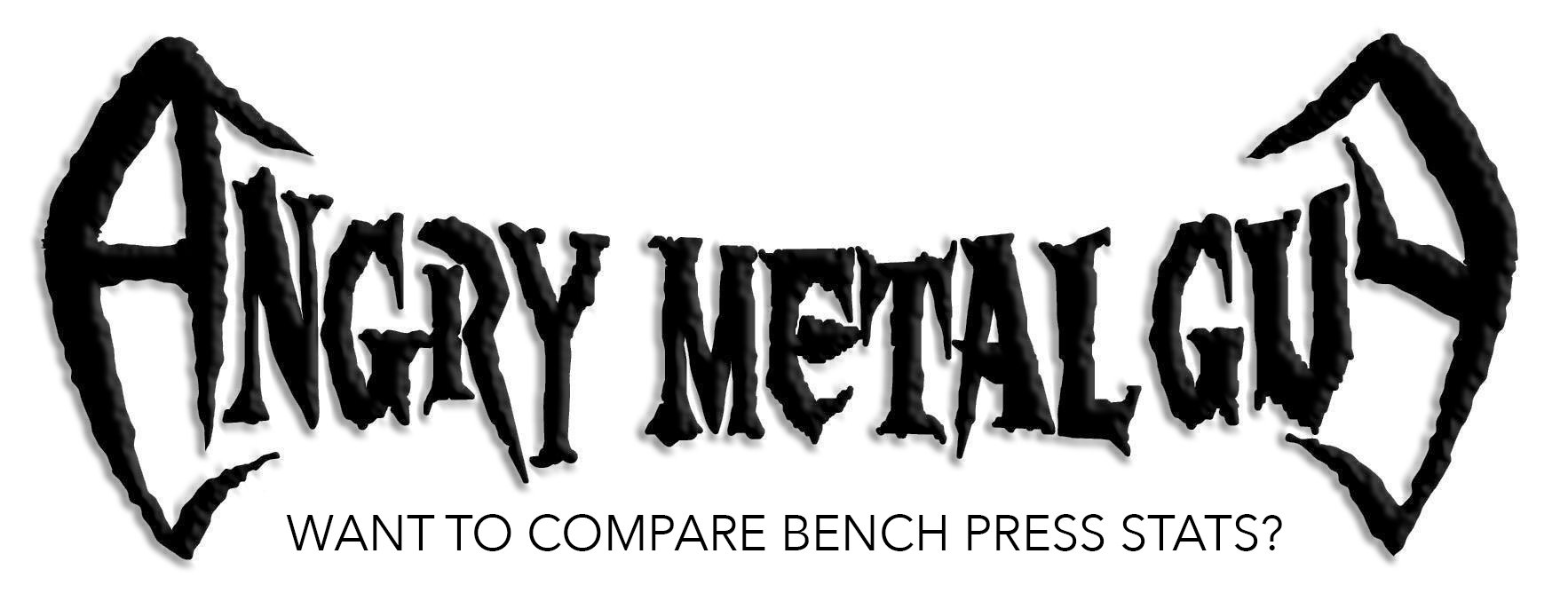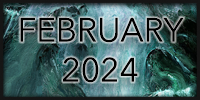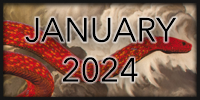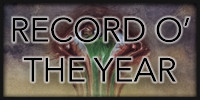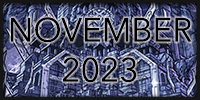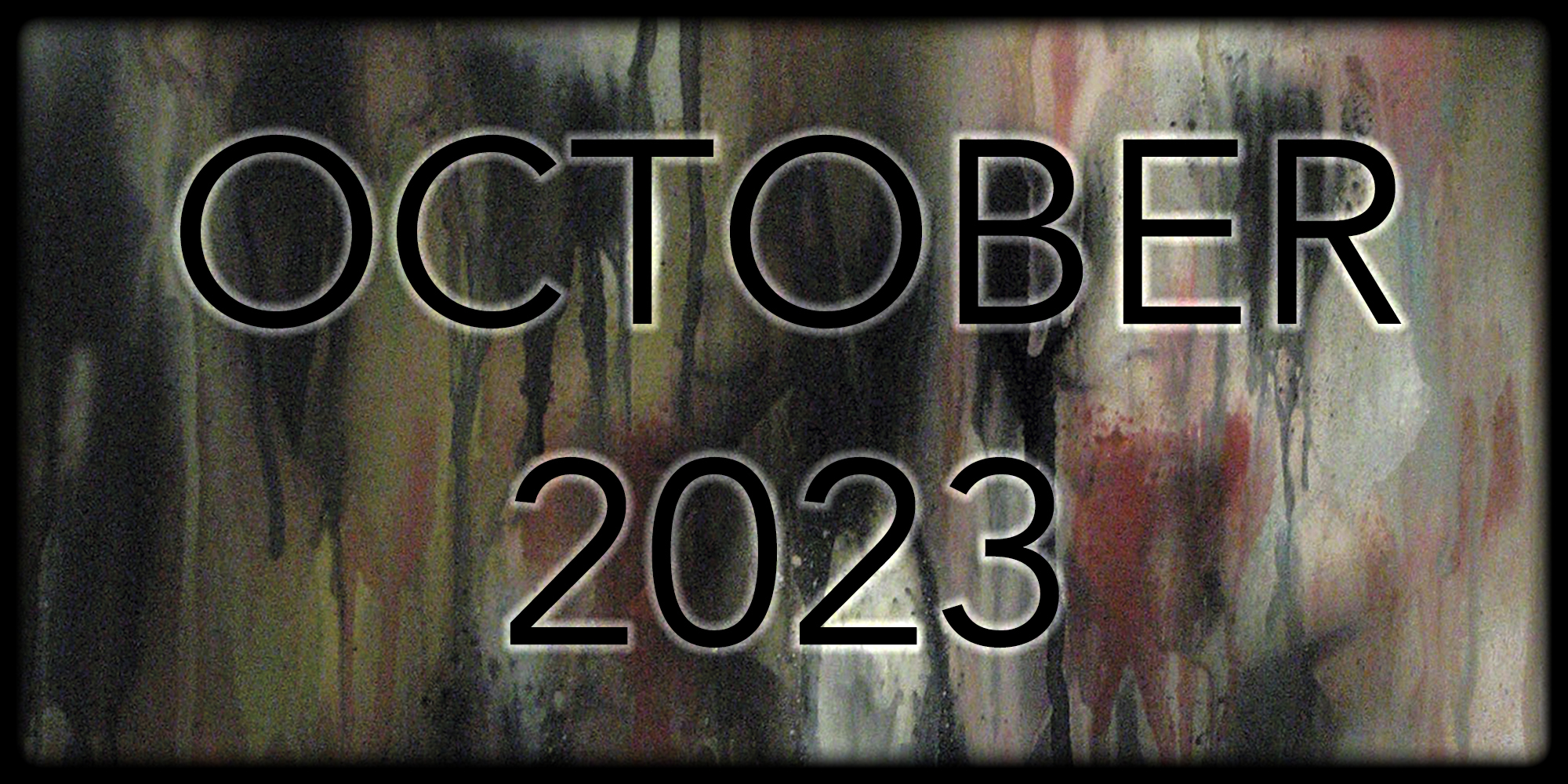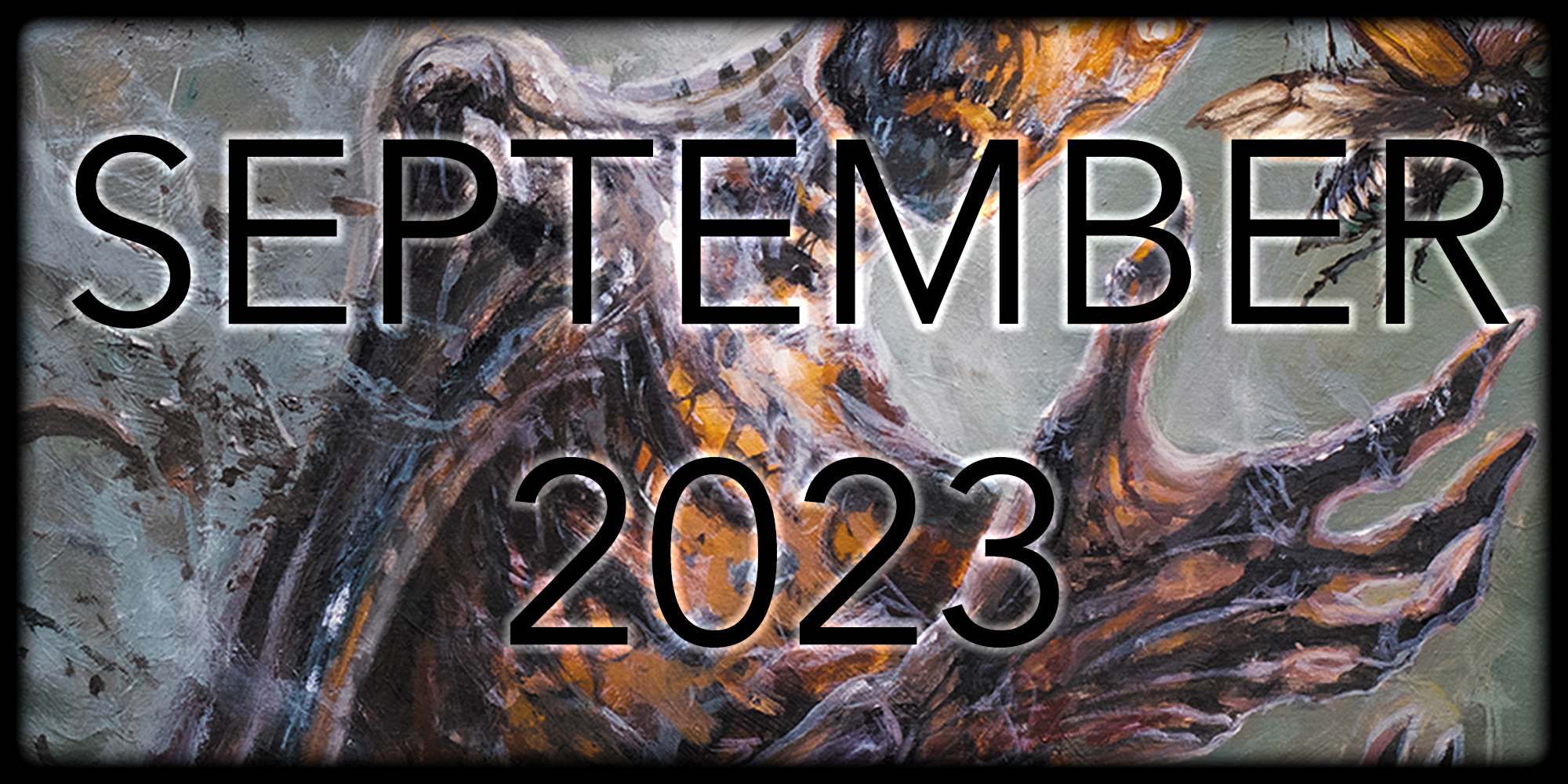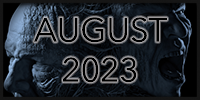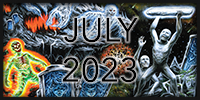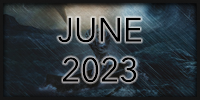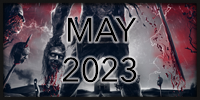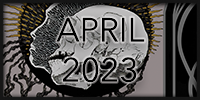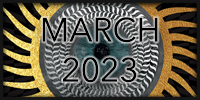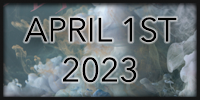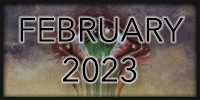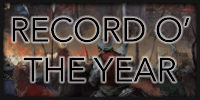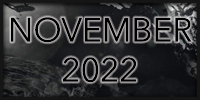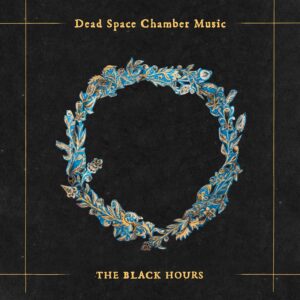 A doom band emerges from the hills of Southwest England. So does a dark neoclassical outfit, along with a group of ambient specialists dedicated to building sound collages… oh, and a neofolk collective is there, too. They’re not going to do battle, as metal as that might be—they can’t, because they’re all the same unit. Dead Space Chamber Music channels their restless muse into The Black Hours, an ambitious fusion of techniques that spends much of its run time reinterpreting material from the medieval and Renaissance periods. The foursome has been mostly a regional concern so far, but if they can land this triple Salchow of genre-bending, their sophomore effort brings the chance to court a wider audience.
A doom band emerges from the hills of Southwest England. So does a dark neoclassical outfit, along with a group of ambient specialists dedicated to building sound collages… oh, and a neofolk collective is there, too. They’re not going to do battle, as metal as that might be—they can’t, because they’re all the same unit. Dead Space Chamber Music channels their restless muse into The Black Hours, an ambitious fusion of techniques that spends much of its run time reinterpreting material from the medieval and Renaissance periods. The foursome has been mostly a regional concern so far, but if they can land this triple Salchow of genre-bending, their sophomore effort brings the chance to court a wider audience.
If you ask the band to describe their sound, they’ll tell you—and then they’ll tell you some more. The promo copy for this platter comes in at 544 words, or 73.6 percent of a typical AMG review. It boils down to this: The Black Hours is a pandemic album. Dead Space Chamber Music has distilled their experience of the lockdown into seven tracks performed with guitars, a cello, percussion, various sampled effects, and, of course, a psaltery.1 Folk arrangements co-exist with avant-garde soundscapes; avant-garde soundscapes co-exist with compositions that build into Sub Rosa-esque doom climaxes. Sometimes, as on thirteen-minute centerpiece “The Pit/Dissolved In Ashes,” these techniques are combined in a single song. Ellen Southern’s keening vocals are the common thread knotting it all together—although she sings variously in Middle English, Welsh, Latin, and in a nonverbal style that the band has likened to the phenomenon of glossolalia, or invented language.
With full marks to Dead Space Chamber Music for attempting something unique, The Black Hours bites off more than it can chew conceptually. They’re at their best on “Bryd on Brere,” a lilting, mournful update of what the outfit bills as the oldest English love song. The vocals work all day here, evoking Folkesange-era Myrkur if Myrkur sang in Middle English. It’s when the band attempts to power up that Dead Space Chamber Music’s limitations assert themselves. There are no bass drums anywhere, making the doom build-up of songs like “Mari Lwyd/Morfa’r Frenhines” feel severely anemic. Southern lets it rip in these sections, unleashing an array of moans, shrieks, and hitches that exceed what she’s capable of vocally. The four instrumental pieces are divided between neoclassical arrangements (“Liement Me Deporte” and “Douce Colombe Jolie”) and tuneless sound collages (“Ion I” and “Ion II”). The former are punctuated by an effect that sounds almost exactly like the noises that show up in a Friday the 13th movie when Jason Voorhees is about to murder a counselor.2 Jason stalks both “Ion” compositions, and if you’ve seen the movies, you will spend these tracks taking a mental inventory of his best kills.
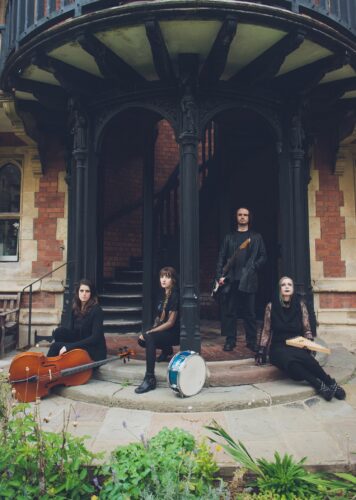 The album clocks in at 43 minutes, but, even so, these songs would benefit from generous editing. Dead Space Chamber Music records live in-studio, a process that includes sprawling improvisation. It’s all done in the name of atmosphere, but the compositions on The Black Hours rarely earn their running time. This is most apparent on “The Pit/Dissolved in Ashes,” which spends its first four minutes as a droning ambient piece before segueing into a doom riff that then becomes a noodly lead. The melodic section of the song finally begins around the nine-minute mark. Radio programmers everywhere will be grateful for a “radio edit” of “Mar Lwyd/Morfa’r Frenhines,” which pares this Welsh ditty from seven and a half minutes down to a punchy 5.5.
The album clocks in at 43 minutes, but, even so, these songs would benefit from generous editing. Dead Space Chamber Music records live in-studio, a process that includes sprawling improvisation. It’s all done in the name of atmosphere, but the compositions on The Black Hours rarely earn their running time. This is most apparent on “The Pit/Dissolved in Ashes,” which spends its first four minutes as a droning ambient piece before segueing into a doom riff that then becomes a noodly lead. The melodic section of the song finally begins around the nine-minute mark. Radio programmers everywhere will be grateful for a “radio edit” of “Mar Lwyd/Morfa’r Frenhines,” which pares this Welsh ditty from seven and a half minutes down to a punchy 5.5.
There are bold ideas on The Black Hours, all of them pursued with conviction and stirred into a soufflé that never manages to rise. Dead Space Chamber Music professes an abiding belief in the power of live performance, and it’s easy to see how their approach might land differently in that context—but if they want to expand their reach via their albums, they’d do well to adapt methods and strategies better suited to that medium. Until then, the band is unlikely to win many converts to their DARNND cause.3
Rating: 1.5/5.0
DR: 11 | Format Reviewed: 320 kbps mp3
Label: Self-released
Websites: dcsm.bandcamp.com | facebook.com/deadspacechambermusic
Releases Worldwide: December 3rd, 2021
